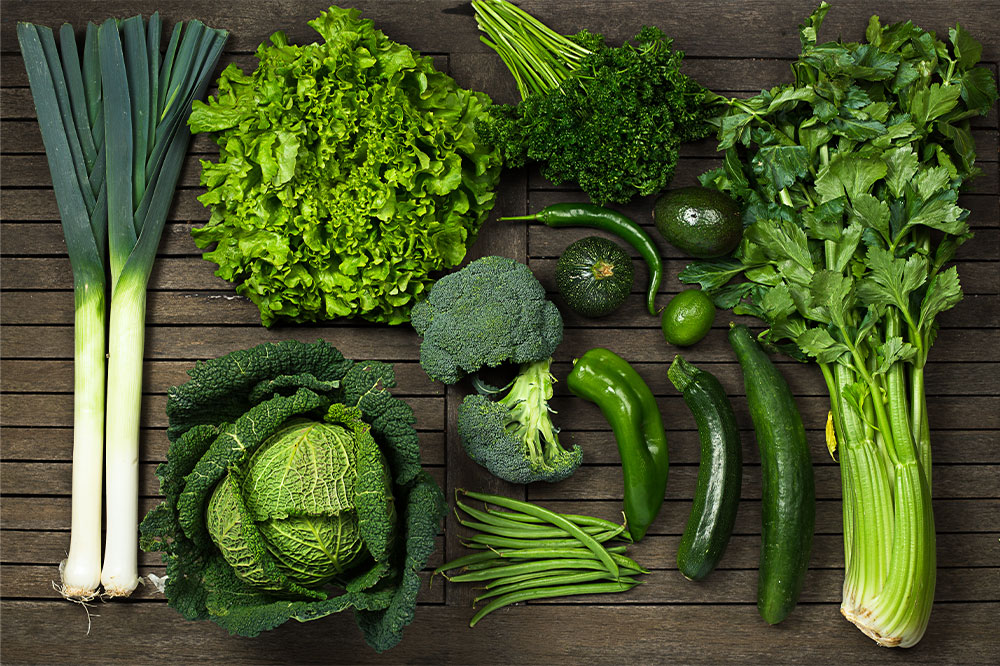6 Signs of Aging Due to High Sugar Intake

There are many reasons why sugar is considered a culprit, and one of them is its negative effect on our skin. When we consume excess sugar, our body experiences an imbalance in glucose levels, leading to various skin complications. To ensure healthy skin, it’s essential to be aware of sugar’s impact on our body and find ways to improve our bodily function without relying on it. Here are some signs of excess sugar.
Increased acne
When you eat food that is high in sugar, it causes a spike in the blood sugar levels in the body. This spike can have severe side effects, the major one being inflammation that can be difficult to manage. The blood sugar spikes also make excess sebum, the skin’s oily substance. Though this natural oil keeps the skin well hydrated and is necessary, excess sebum can cause issues like acne. The sebum blocks or clogs the pores on the skin, making it difficult to breathe and cleanse. The dirt can collect when this happens, leading to infections and acne problems. The blood sugar spike is not just due to sweets but also junk and processed foods, including dairy products. These foods can cause a hormonal imbalance and lead to hormonal acne.
Appearance of wrinkles
Consuming too much sugar can accelerate the formation of wrinkles on your skin. This happens because the telomeres in our DNA act as protective caps at the end of chromosomes. As these telomeres become shorter and shorter with each cell division, they eventually become too short to protect the cell from damage. This can cause the cell to die or be unable to divide, leading to premature aging and wrinkles and lines on the face. Studies have linked increased sugar intake to faster telomere shortening. Moreover, excess sugar consumption can cause collagen cross-linking, which can reduce the skin’s elasticity. It’s important to limit sugar intake to maintain healthy and youthful-looking skin.
Sagging neck and chin
As previously mentioned, the skin comprises collagen and elastin, which can be damaged by excessive sugar consumption. This can result in reduced skin elasticity and looseness. Glycation in the body compromises the elastic fibers, and harmful free radicals known as Advanced Glycation End (AGEs) products attack the collagen, causing it to weaken and leading to sagging skin, particularly around the neck and chin region.
Pigmentation
Melanin is the pigment in our body that determines our skin color. Consuming excessive sugar triggers glycation, causing sugar molecules to bind with proteins in the body and create harmful free radicals that can lead to oxidative stress. This stress can cause hyperpigmentation on the skin, where melanin-containing melanosomes accumulate at the epidermis. Although melanin plays a protective role for the skin and eyes, uneven distribution of this pigment can make the skin appear aged.
Slower healing
When there are any cuts or scratches on the skin, most often than not, they do not take too long to heal and get better. However, if you notice that your wounds on the skin are not healing timely or the cuts remain open for longer, then it may be possible that there is too much sugar in the blood. When the glucose levels in sugar are too high, the blood starts to become thicker, and it takes a long time for the white blood cells to get to the wound site, which delays the healing time of the infection. This is a common complication for those dealing with diabetes, especially if they cannot get their sugar levels in check.
Dry skin
Dry, itchy skin is generally observed and experienced by those with diabetes. This issue arises from poor blood circulation, which cannot properly send nutrients to the skin. Because of too much sugar, the blood gets thick and cannot travel properly through the body and to the skin. Also, to balance out the sugar, the blood initiates the body to pull fluids from the cells. This fluid then turns into urine, and excess sugar is removed from the body through this urine. The cells are dried up and do not give the skin a plump and fresh look.
Tips to prevent skin damage to the skin
Unfortunately, it is difficult to reverse sugar damage to the skin, so it is always advised to start cutting sugar from the lifestyle as early as possible. However, there are still some tips to manage glucose spikes and how to keep skin looking healthy and fresh.
- Increase water intake in your everyday routine. This is important because when there is excess sugar, and the body starts extracting fluids from cells to remove the sugar from the body, the water can help replenish the cells. Of course, it is always recommended that the first step is to cut back on sugar and sugary products.
- Clean meals are essential. Glucose spike is not a result of just eating sugar directly; it also happens from eating trans fat and processed foods. Fried foods or packaged foods have several preservatives and additives, giving a glucose spike in the body immediately after consumption. This leads to inflammation and several other complications discussed above. Eating clean meals like whole grain foods and adding more whole fruits and vegetables to meals is of utmost importance to take care of glucose spikes.
If you are experiencing high sugar levels frequently, getting the necessary tests done and following a treatment and prevention plan to manage these spikes is essential. To do so, you must speak to an expert for more details. A proper diagnosis and timely intervention will help rule out other possibilities and let you manage the condition better. Also, appropriate lifestyle changes and dietary modifications will prove helpful in controlling blood sugar levels.







